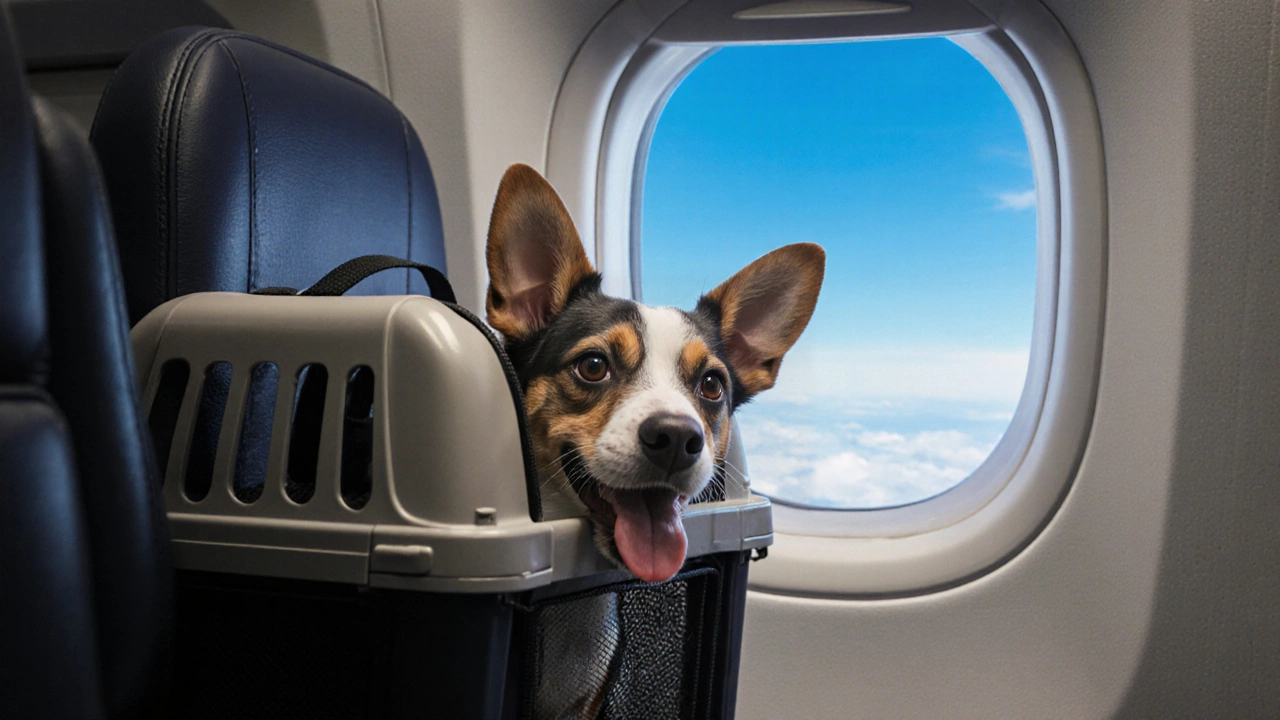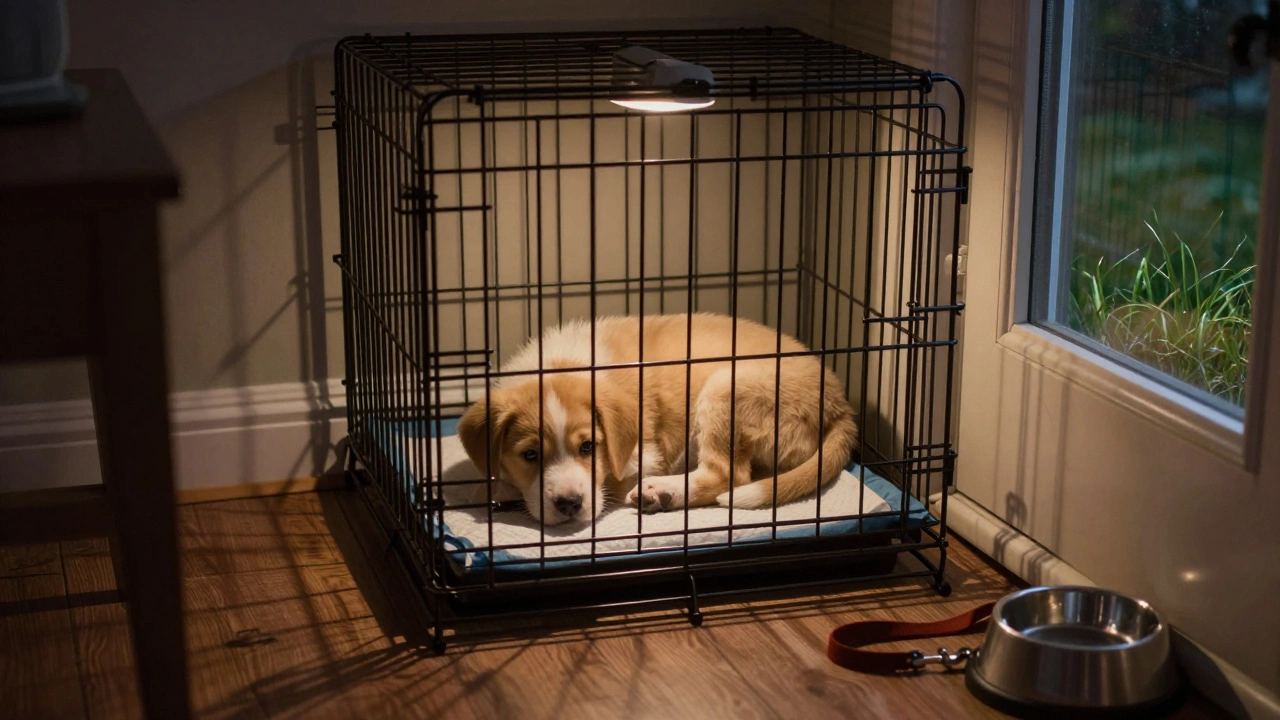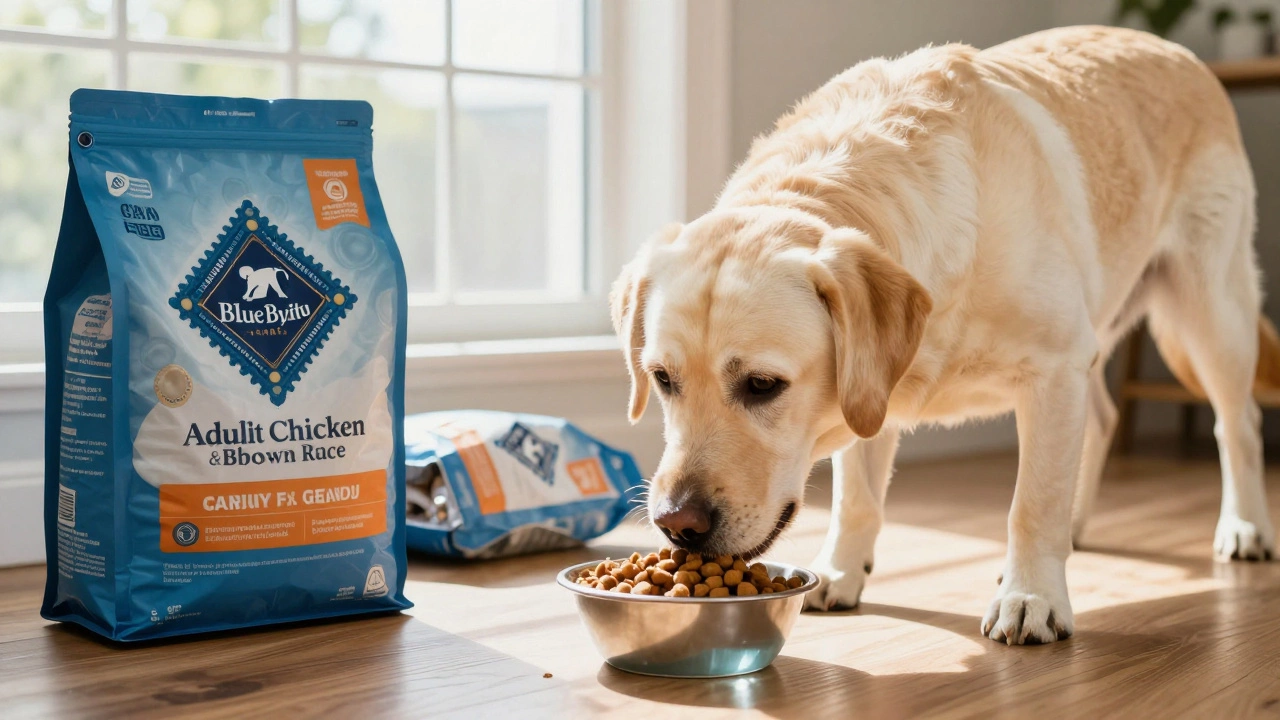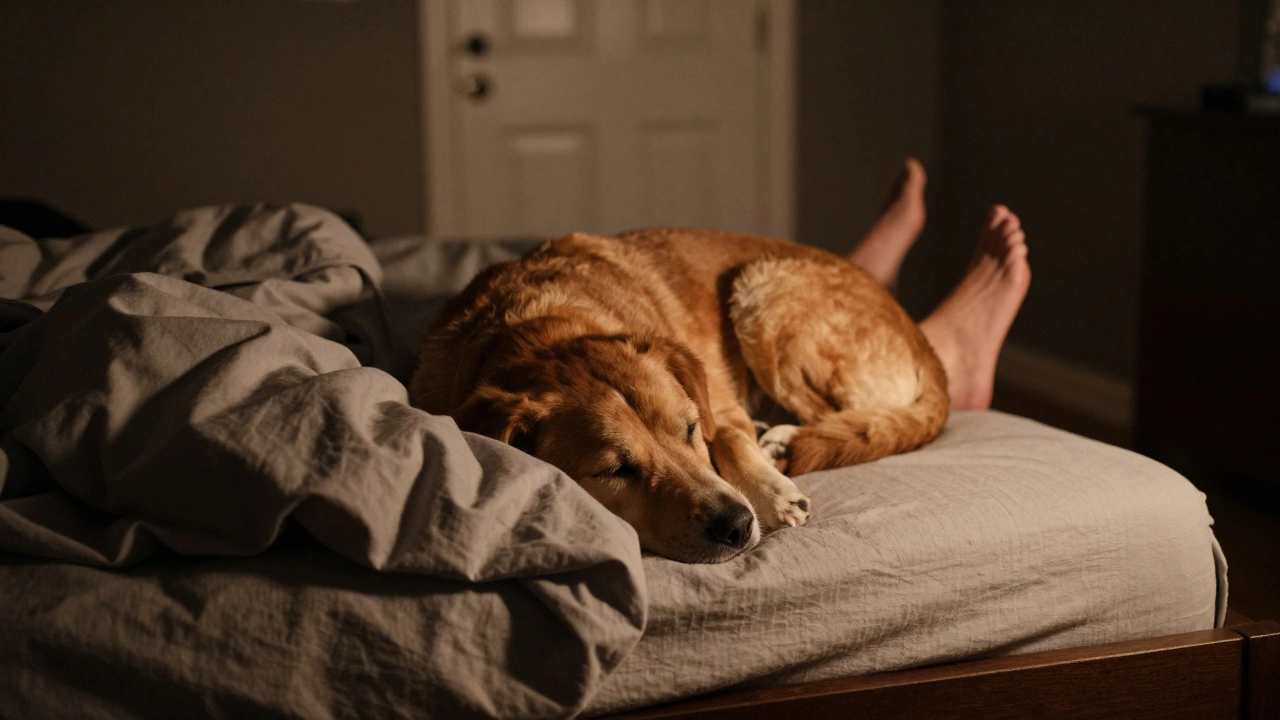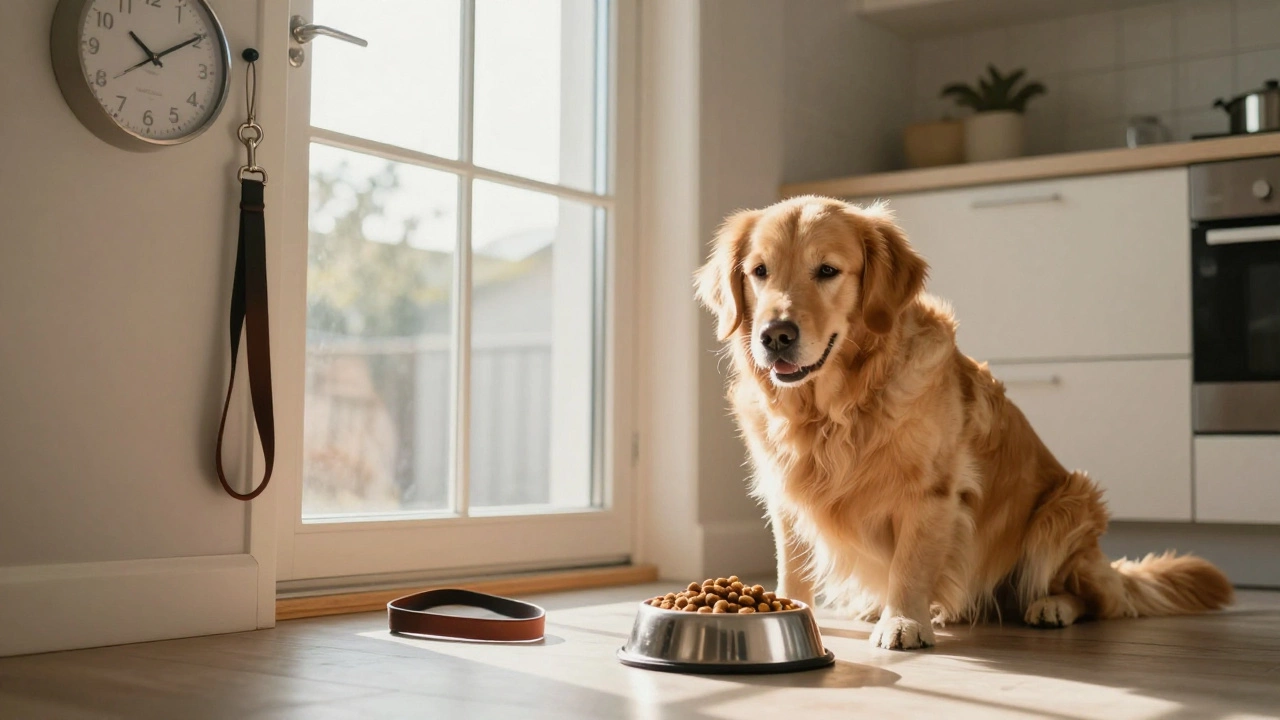Dog Travel Anxiety
When dealing with Dog Travel Anxiety, the nervous response dogs have to planes, cars or any unfamiliar transportation. Also known as pet travel stress, it often shows up as whining, shaking, or bathroom accidents. Dog travel anxiety encompasses fear of loud noises, confined spaces and separation from owners. Managing it requires understanding the key players: calming aids, airline pet policies and proper crate training.
Key Drivers and Helpful Tools
One of the most effective ways to ease nervous pups is with Calming Aids, vet‑approved supplements, pheromone sprays or anxiety‑relieving toys designed for travel. These products work by reducing cortisol levels, making the dog less reactive to the buzz of engines or the motion of a car. Another critical factor is the Airline Pet Policies, the rules airlines set for in‑cabin, hold or cargo transport of dogs. Knowing which carriers allow a seat purchase, required crate dimensions, and paperwork deadlines lets you plan ahead and avoid last‑minute stress. Finally, a well‑trained crate becomes a safe haven; it teaches the dog that the enclosure is a predictable space, limiting panic when the cabin door closes.
Research shows that dogs who have practiced crate stays at home react less intensely to the confined environment of a cargo hold. A simple routine—short crate sessions, a favorite blanket, and a treat before each trip—creates an association between the crate and comfort. Pair this with a pre‑flight walk to burn off excess energy, and you’ve tackled two major anxiety triggers: confinement and excess adrenaline.
Airline pet policies also influence how owners handle travel anxiety. Some airlines let you buy a seat for a large dog, turning the pet into a passenger rather than cargo. This option cuts down on noise and temperature swings, both of which heighten stress. When a seat purchase isn’t possible, choosing a carrier with a climate‑controlled hold and a short transit time can make a big difference. Knowing these policy nuances helps you match your dog’s anxiety level with the right travel method.
Beyond products and policies, mindset matters. Dogs pick up on owner tension; a calm, confident demeanor signals that the journey is safe. Practice deep breaths, keep your voice steady, and avoid over‑exciting the dog right before boarding. If you combine a relaxed attitude with the right gear—calming aids, a familiar crate, and a carrier that follows pet‑friendly policies—you’ll give your dog the best chance to enjoy the trip.
Below you’ll find a curated list of articles that break down each of these topics in detail. From step‑by‑step airline booking guides to reviews of the safest calming supplements, the collection equips you with practical steps to turn a jittery trip into a smooth adventure for both you and your furry companion.
How Traumatic Is Air Travel for Dogs? Signs, Risks, and Practical Tips
Discover how stressful flying can be for dogs, learn to spot trauma signs, and get practical tips to keep your pet calm and safe during air travel.

